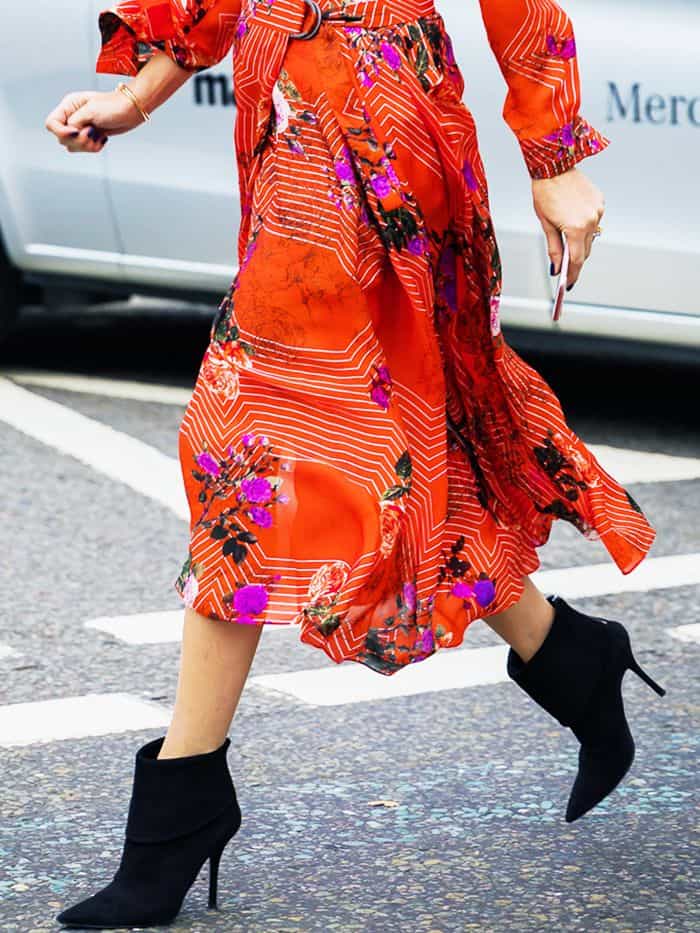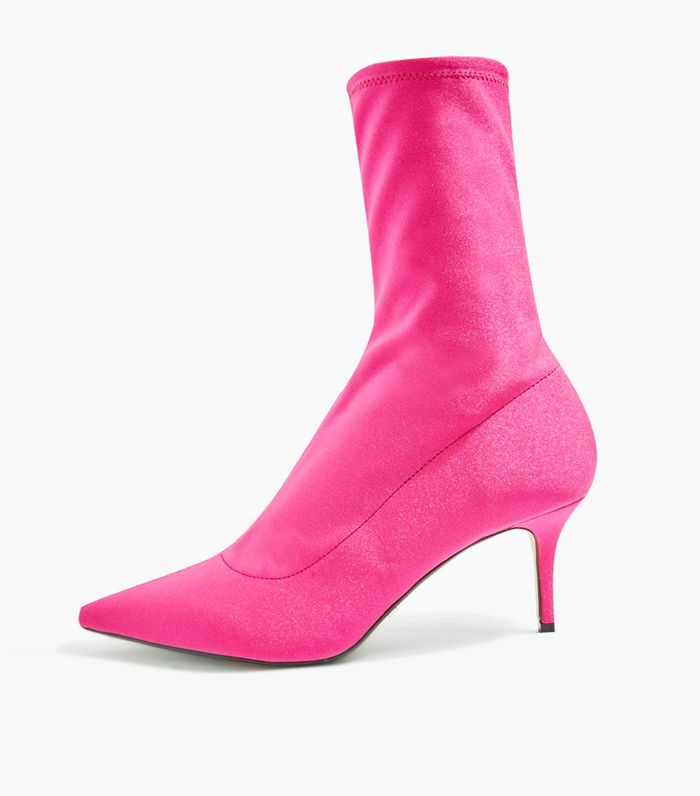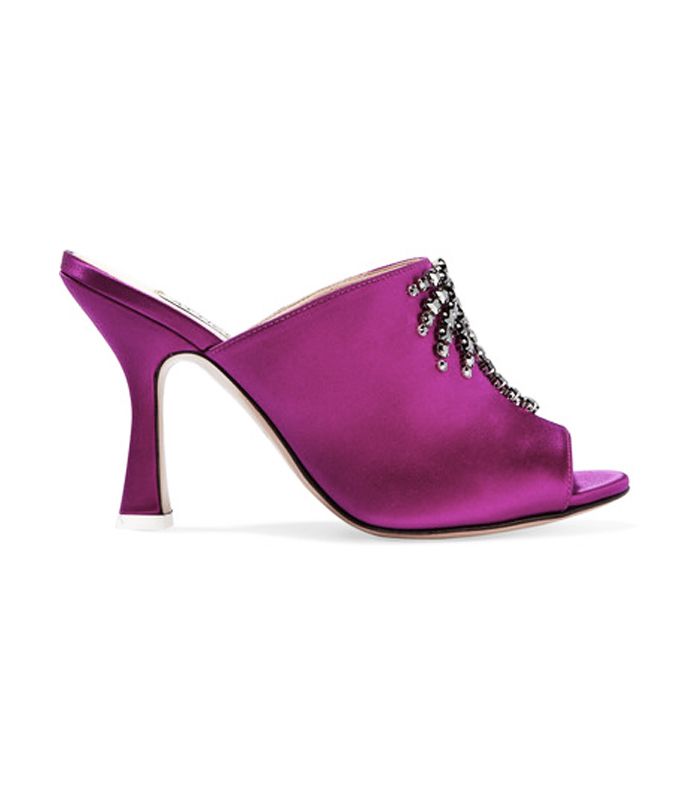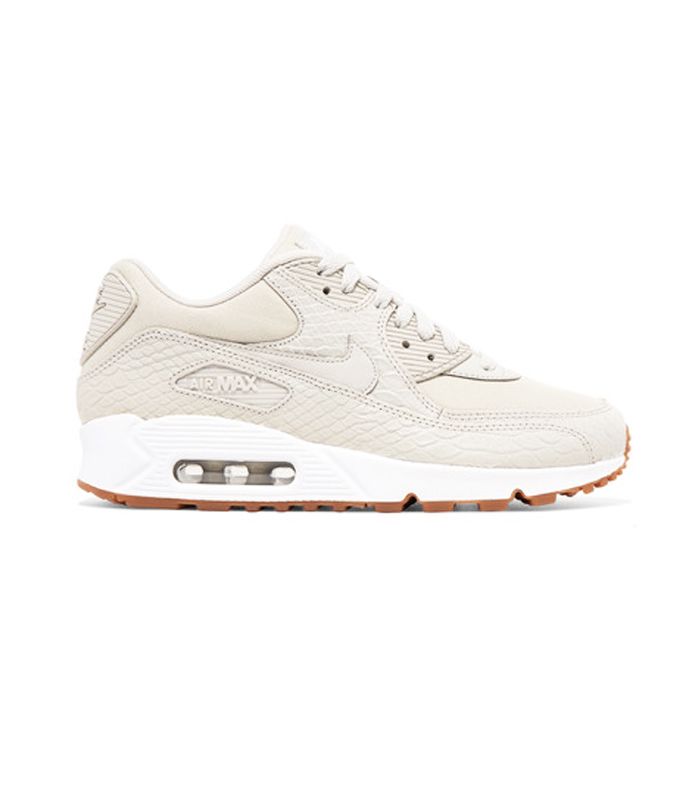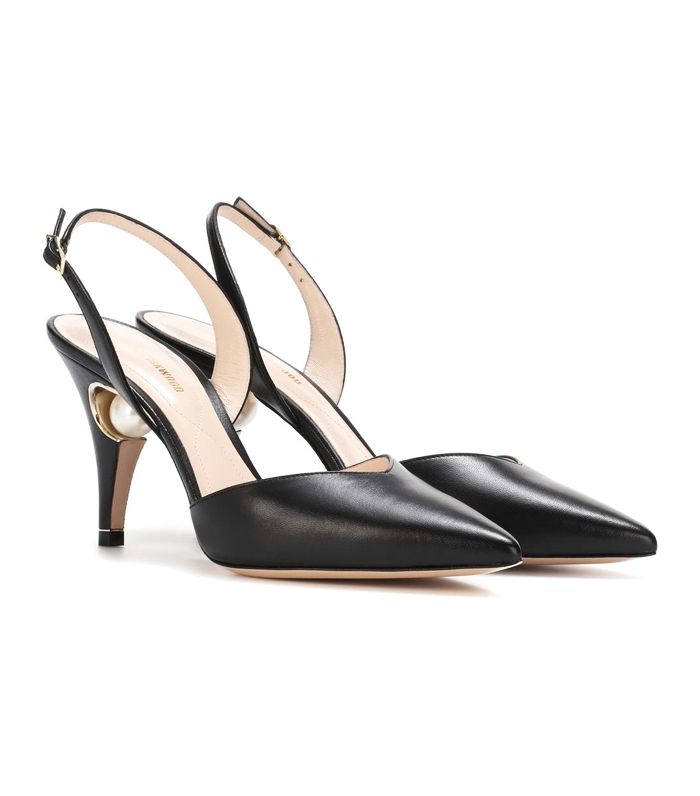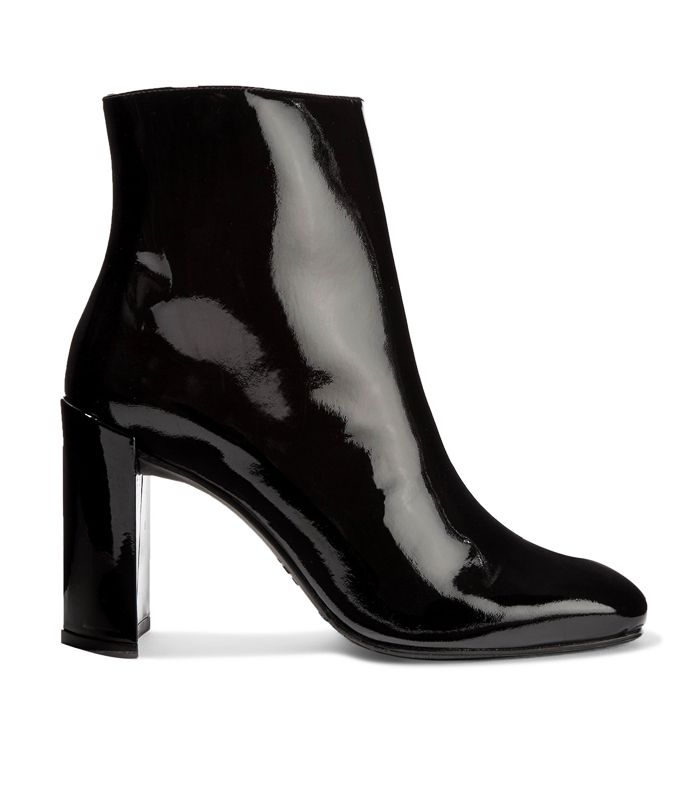Looking after your feet is important for many reasons—we’ve already seen how much a simple piece of tape can seriously lessen the amount of pain caused by your high heels—but this shoe size–related research is mind-blowing. According to The Wall Street Journal, a study reveals that as many as half of all women in the UK are wearing the wrong size shoes. Wait, what?
According to the study, conducted by the College of Podiatry and released last month, of 2000 adults surveyed, one-third of men and nearly half of women admitted to purchasing shoes that didn’t exactly fit. While it might not seem a huge deal at the time if a pair of heels feels a tad too tight (they’ll stretch, right?), improperly fitting shoes can have a number of negative health effects—hammertoes deformities, bunion growth, and consistent foot pain are a given, but poorly fitting shoes can also contribute to things like headaches and back pain.
The solution? Never wear a pair of shoes you haven’t confirmed properly fit. In theory, this means online shopping for shoes can be tricky when you aren’t sure of the brand, and if they don’t fit when you receive them, you should return them. But more importantly: doing a really solid measurement of your feet to determine the size you should be wearing is a must. Back in the day, most people got their feet professionally measured on a regular basis. Nowadays, that’s a rarity. But good news: you can do it yourself.
Keep scrolling for eight easy DIY steps to measure your own feet and determine your proper shoe size.
If you don’t have legit notebook paper, a normal piece of paper will do.
We recommend sitting in a chair or crouching, not standing. And make sure you are on a truly flat surface, like a part of your house with hardwood floors.
Next up! How to keep your shoes from squeaking.
We recommend using a pen or pencil for this part, so you don’t leave any serious markings on your foot and/or sock. When you’re done, it should look like your foot tracing is inside a rectangle.
Using a ruler, draw a perfectly straight line on each edge of your foot: the toes, each side and the heel.
Using your ruler, measure the inches between the two parallel lines on either side of your foot: top to bottom and side to side. Note these two numbers.
This just accommodates for the tiny bit of extra space between your foot and the straight lines.
Size 4: 8 3/16″ or 20.8 cm in length
Size 4.5: 8 5/16″ or 21.3 cm
Size 5: 8 11/16″ or 21.6 cm
Size 5.5: 8 13/16″ or 22.2 cm
Size 6: 9″ or 22.5 cm
Size 6.5: 9 3/16″ or 23 cm
Size 7: 9 5/16″ or 23.5 cm
Size 7.5: 9 1/2″ or 23.8 cm
Size 8: 9 11/16″ or 24.1 cm
Size 8.5: 9 13/16″ or 24.6 cm
Size 9: 10″ or 25.1 cm
Size 9.5: 10 3/16″ or 25.4 cm
Size 10: 10 5/16″ or 25.9 cm
Size 10.5: 10 1/2″ or 26.2 cm
Size 11: 10 11/16″ or 26.7 cm
Size 11.5: 10 13/16″ or 27.1 cm
Size 12: 11″ or 27.6 cm
Most shoes don’t come with special width sizes, although a few do note if they’re especially narrow. If you need it, here’s a helpful chart to determine your appropriate shoe width size.
Now shop some of the shoes we’re coveting right now with your correct shoe size.

